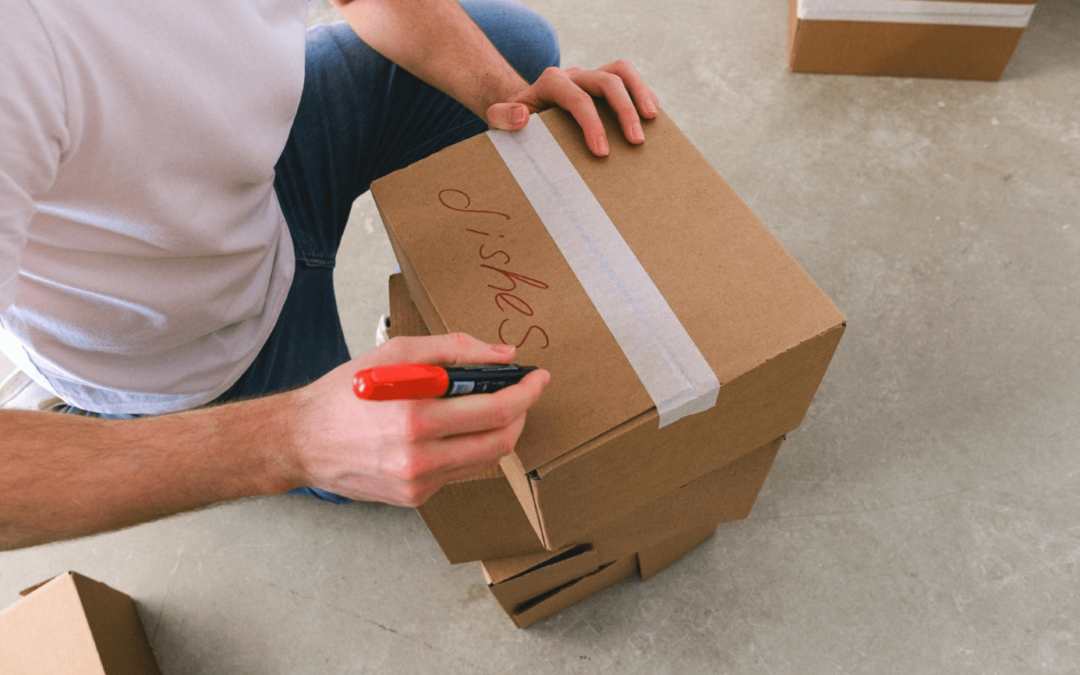Dishes break easily during moves – it’s one of those home truths we’ve all experienced or heard horror stories about. You’ve collected your kitchenware over years, maybe even inherited special pieces from family.
After you’ve found reliable movers in Lexington, you still face the challenge of getting your plates, glasses, and bowls to your new place in one piece. I’ve packed hundreds of kitchens and learned some tricks that work, so let me share them with you.
Gather Packing Materials
Don’t skimp on packing supplies – you’ll regret it later. Grab some solid boxes (not the flimsy ones from the liquor store), plenty of packing paper (newspaper leaves ink stains), bubble wrap for the fragile stuff, and good packing tape. Pick smaller boxes – a box full of dishes gets heavy fast.
Trust me, your back will thank you on moving day. Layer crumpled paper on the bottom of each box as a shock absorber. Spending more on quality materials is worth protecting things you can’t replace.
Sort and Organize Dishes
Before wrapping anything, sort your dishes into groups. Keep plates with plates, bowls with bowls. Pull out the super fragile items – your grandmother’s teacups, those wine glasses you got as a wedding gift. Stack plates with paper between them to prevent scratches.
Tuck smaller bowls inside bigger ones if they fit without touching. Group odd-shaped items together. This quick sorting step saves time and helps you pack similar shapes together, which prevents breakage.
Wrap Individual Dishes
This step is tedious but crucial. Take each plate, bowl, or glass and wrap it individually. Lay your packing paper flat, place the dish in the middle, and pull all four corners up and around it. Secure with a bit of tape if needed. For fragile stemware, wrap the stem first, then the bowl of the glass. Don’t rush this part – I’ve seen too many people throw everything in with just a sheet of paper between items, only to open boxes of broken dishes at their new home.
Pack Dishes in Boxes
Now here’s where technique really matters:
- Layering: Start with that cushioned bottom I mentioned. About 3-4 inches of crumpled paper works well.
- Vertical Packing: Stand plates on their edges, like records in a crate. Never stack them flat – that’s asking for cracks.
- Separation: Keep a buffer between each piece. Extra paper or bubble wrap between dishes prevents them from knocking together.
- Top Layer: Stuff the remaining space with cushioning. You shouldn’t hear anything moving when you shake the box gently.
I’ve opened countless perfectly packed boxes using these exact steps.
Label and Seal Boxes
Don’t just scribble “Kitchen” on the box and call it done. Write specifics: “Everyday Plates” or “Wine Glasses – FRAGILE.” Mark these labels on multiple sides of the box, not just the top. When you’re digging through a stack of boxes in your new place, you’ll be glad you did. Seal boxes with several strips of tape along all seams. A box that bursts open during the move defeats all your careful packing work. Double-tape the bottoms – that’s where most boxes fail.
Ready to tackle packing your kitchen now? If you’d rather leave it to pros who do this daily, get in touch for a free packing estimate. We’ve got the experience to make sure your dishes arrive intact and ready for that first meal in your new home.
Other Moving Articles:
